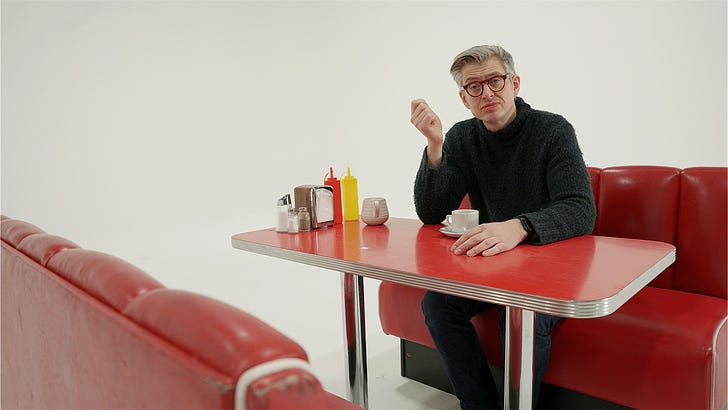Reflections on “What Does A Great Cup Of Coffee Taste Like?” A YouTube Video by James Hoffman
Subjectivity gets a bad rap but we can’t escape it — let's embrace it.
This video is some of the best seven minutes you can spend thinking about coffee, or enjoying a cup while you watch it. It is visually sumptuous and an amazing work of communication — not least because Mr. Hoffman delivers the entire presentation uninterrupted without any edits or breaks for the full seven minutes. It is a tour de force, and I think it’s great -- check it out, if you haven’t already, & then please continue here…
Pretty delicious, right? I love the spare, floating sets, and the clarity of Hoffman’s presentation style.
Mr. Hoffman’s video reminded me of a 2014 presentation made by Dr. Charles Spence of Cambridge University at the 2014 SCA Re;Co Symposium:
Watching Hoffman’s video, and then re-visiting Spence’s presentation led me to reflect on the impossible task that is often laid before us as members of the coffee trade — we are told to be “objective” when we taste coffee and to leave aside any other information. Our minds are wired to do the opposite.
From Hoffman we learn that flavor is created in the Olfactory Bulb, the part of our brain that processes our initial perception of smells. Spence further explains that the assembly of conscious perceptions occurs nearby in the brain’s Orbitofrontal Cortex [OFC]. This is where all sensory stimuli, including scents and flavors, are made whole as conscious, intellectual perceptions. Pure scent perceptions are not available to us consciously. Our OFCs also blend in our past experiences regarding a particular taste or smell. Meanwhile, our minds include visual info about our environment and listen for auditory cues — this is all assembled into our experience of anything that we taste.
Hoffman tells us that, “coffee tastes like music” and we might assume he’s speaking metaphorically, but it is literally true. In fact, certain taste perceptions are almost universally experienced as particular types of sound. For example, most people, worldwide, compare a full bodied, low acid coffee to the sound of an oboe. A bright, light-roasted Colombian is reported to be more similar to the notes of a violin. From that common ground we bring our whole selves and the entirety of our unique experience to each tasting.
The trick, and it’s not easy, is to report that experience honestly, to not be afraid of “being wrong” or “seeming weird.” Those unique perceptions are the ones that are the most informative and valuable to our customers and colleagues.




Really agree!